All About Zephyranthes

Zephyranthes is a herbaceous perennial belonging to the Amaryllis family. Among florists, the name "upstart" stuck behind him. A wide variety of species and unpretentiousness have made this beautifully flowering plant very popular.
It was brought to us from South America. There it prefers to grow in tropical forests. Residents of South America partly use it to treat skin diseases, burns and restore the functions of internal organs. Florists especially love it for its exuberant and long flowering.
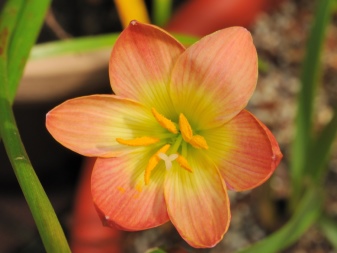
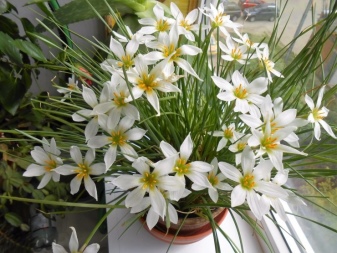
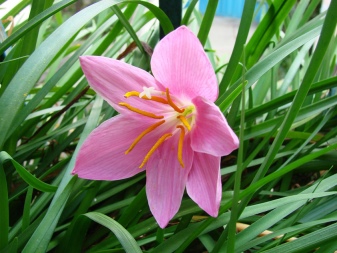
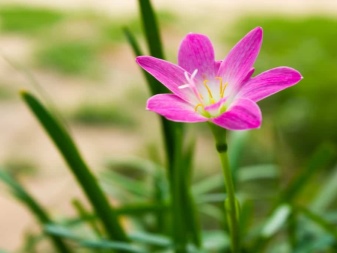
Description of the plant
Zephyranthes is a charming flower that loves moisture. It grows in tropical forests and marshlands. It begins to bloom en masse during the blowing of the westerly winds. The name translated into Russian means "flower of Zephyr" - the god of the west wind. Among florists, such a name has taken root, as a room lily.
His most popular name - "upstart", he acquired not by chance. This is due to the rapid appearance of the peduncle, which instantly shoots out of the bulb.
Attention! Zephyranthes is a poisonous plant. The largest amount of toxic substances is found in the leaves. When working with it, gloves must be worn to avoid the appearance of unpleasant symptoms.
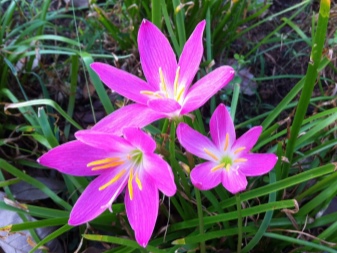
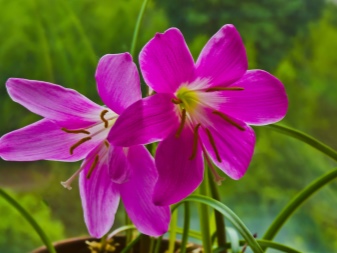
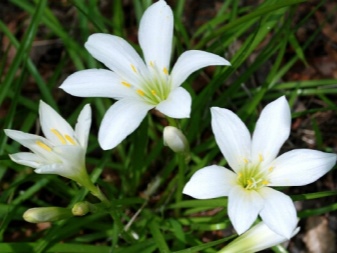
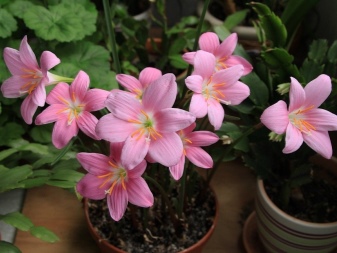
Plant characteristic
Zephyranthes has a bulbous root system. The bulbs are oblong, oval or round in some species. The bulbs are small, only 0.5-3 mm long. The numerous leaf rosettes consist of bright green pointed leaves measuring 20-35 cm in length and approximately 3 mm in width. In some species, the leaves are hollow, tubular.
Flowering lasts about 2 months. Depending on the species, the flowers that are singly located on the peduncle come in different colors - yellow, snow-white, pink or purple. The flowers are medium-sized, similar to a crocus. They consist of 6 pointed petals wide open to the sides. In the center of the pith, yellow stamens are concentrated. Each flower pleases the eye one day, then it is replaced by a new one.
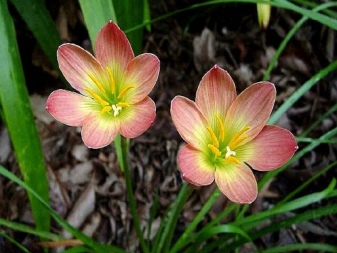
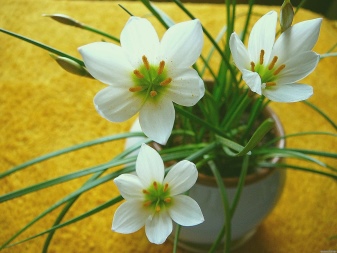
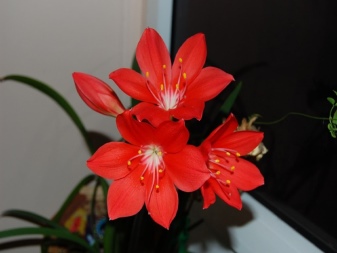
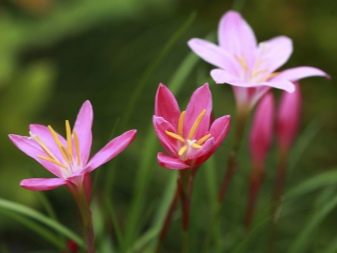
Views
It is probably hard to find a flowering plant lover who is not impressed by the beautiful flowers of Zephyranthesa robustus. Its incredible transformation during the flowering period is admirable. The rate of peduncle formation is also amazing. This genus is large and includes about 90 species, only 10-12 of which are adapted for growing in apartments and houses. More often than others, white and large-flowered marshmallows are found.
- Zephyranthes Atamas - a common type that loves coolness. It has a small oval bulb (2 cm in diameter) and a short neck. Leaves are tubular, pointed in shape, about 6 pieces per rosette. The length of the leaves is 15-20 cm. The flowers are white with a yellow center, 2.5-4 cm in diameter. It begins to bloom towards the end of March. This species prefers slightly cool temperatures.
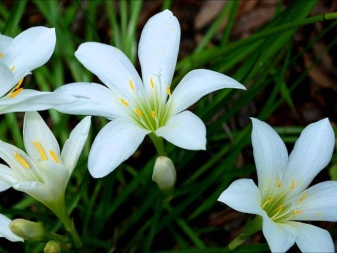
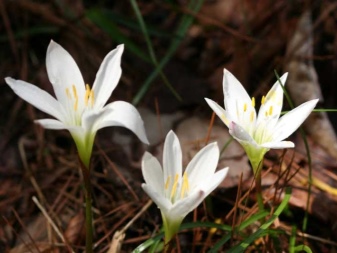
- Zephyranthes white or snow-white (second name - Zephyranthes Candida). The plant with tubular leaves reaches a height of 30 cm. The bulb is drop-shaped, about 3 cm in diameter. The flowers are snow-white, the perianth is funnel-shaped. They reach 6 cm in circumference. The petals have a pinkish tint on the outside of the pointed shape. Peduncles rise to a height of 20 cm. It begins to bloom en masse in mid-summer and until mid-autumn.
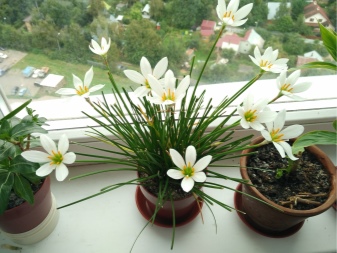
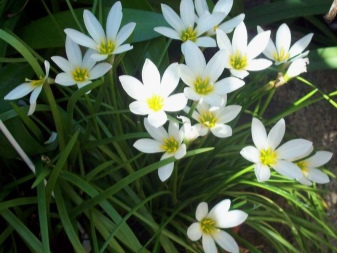
- Zephyranthes Anderson has pinkish-red flowers with purple streaks. Its natural habitat is Brazil, Argentina. It is rather low, rarely reaching a height of more than 15 cm. The flowers resemble a funnel with sharp purple-red petals and a rich yellow center.
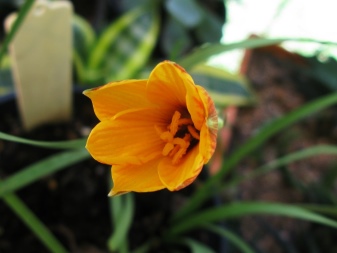

- Zephyranthes yellow (Citrine). The houseplant has a round bulb and narrowish long leaves about 30 cm long. Beautiful flowers of bright yellow color bloom in early winter. The flower bowl is funnel-shaped with a narrowing at the edges. Blooms mainly in winter, in the first two months. In areas with a warm climate, this species is grown in flower beds and flower beds.

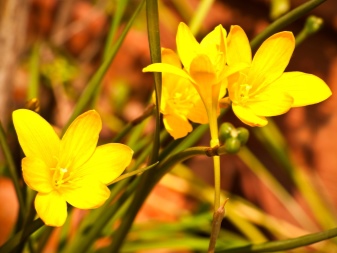
- Zephyranthes grandiflorum (rosea) with a characteristic oval bulb, 3 cm in diameter, a shortened neck and linear leaves 20-30 cm long.Large single pink flowers with a yellow core in diameter reach 7-8 cm.It begins to bloom in mid-spring, with proper care, flowering lasts 2 -3 months.

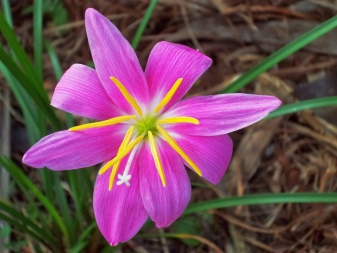
- Zephyranthes multicolored attracts with the original colors of the petals. Their unusualness lies in the fact that their base is predominantly red, and the edges are pale pink. The flowers are medium in size. It blooms from mid-winter to early spring.
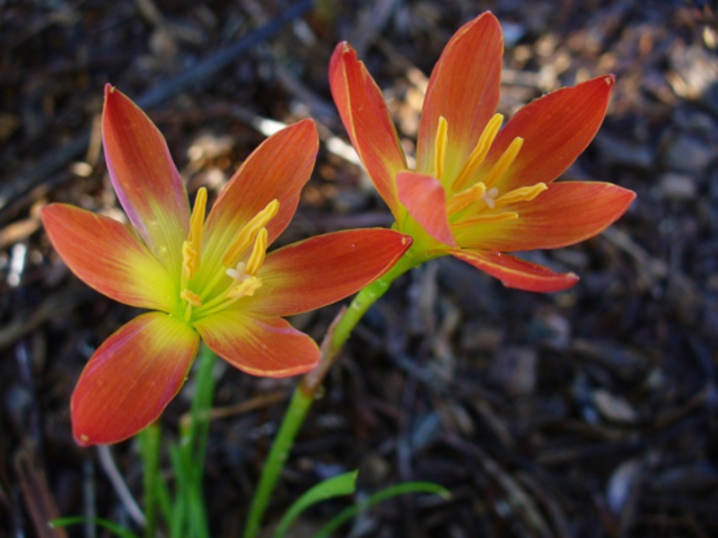
- "Powerful pink" - this variety is grown on windowsills, but in warm regions it is successfully used for landscaping balconies and creating flower beds. The plant reaches a heightt 15-20 cm, charming pink flowers bloom up to 6 cm in diameter. To increase the duration of flowering, the plant should be fed 1-2 times a month. During the dormant period (about two months), the zephyranthes sheds its leaves.
Be sure to limit watering, and the plant is transferred to a dark place with a temperature of no higher than 16 degrees Celsius. After the appearance of new leaves, it is transferred to a windowsill with sufficient sunlight.
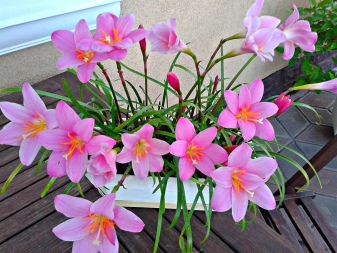
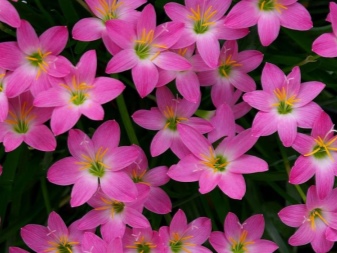
Home care
Zephyranthes is a tenacious plant that does not require careful maintenance. Even an amateur florist who does not have special skills can grow it. One of the main conditions for its growth is a sufficient amount of daylight. It is better to place the plant near windows located on the southwest side. During the summer months, it is recommended to take the zephyranthes out to fresh air.
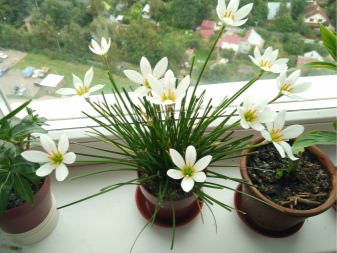
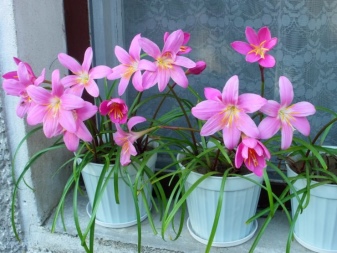
Lighting
Zephyranthes needs enough sunlight. The window sills located in the southern part of the room will suit him. On extremely hot days, shade should be created or the plant should be removed from the windowsill for a while to avoid overheating.

Air temperature and humidity
The "upstart" needs moderate coolness for normal life, so it is important not to allow the temperature to rise above + 25 ° C, so that the leaves do not dry out from the heat. On hot summer days, it is recommended to ventilate the room several times a day. The most comfortable temperature for zephyranthes is + 18… + 22 ° C, and in winter - + 14… 16 ° C.
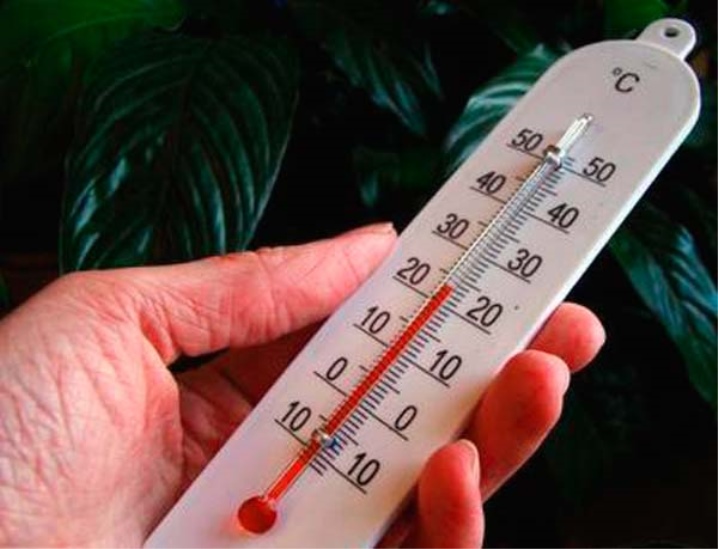
Watering and feeding
This native of humid forests is comfortable in moderately moist soil. At the same time, excessive soil moisture contributes to the occurrence of diseases and rotting of the bulbs. You need to watch out for so that the upper part of the soil has time to dry out.
Some types of zephyranthes require rest after flowering. To do this, the pot is placed in a cool, dark place and the soil is sometimes moistened - about once every 2 weeks.
The bush is fed with fertilizers about twice a month. Fertilizers in liquid form are more convenient to use. Zephyranthes begin to feed after a dormant period and stop after flowering.
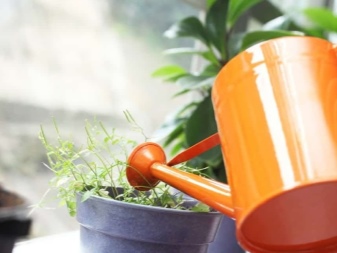
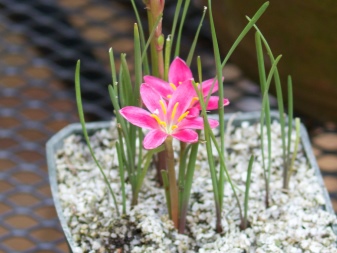
The soil
Zephyranthes needs loose, fertilized soil. You can use universal potting soil mixtures for indoor plants. To prepare the soil on your own, you need to mix in equal parts earth, humus and sand, preferably large.
The pot needs to be low and preferably wide enough to accommodate about 5 bulbs and leave space for the appearance of children.
The optimal amount is 3-5 bulbs planted in one pot. This will make the plant look more voluminous and produce more flowers.
With a single planting, the width of the pot should be 3-4 centimeters larger than the size of the bulb.
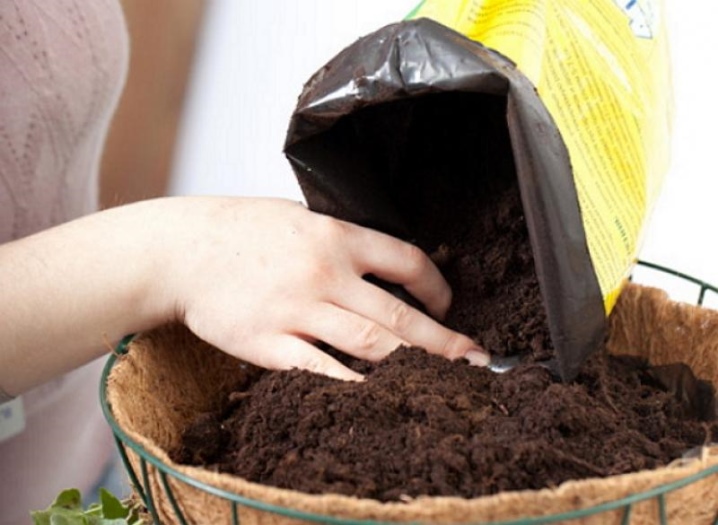
Bloom
The onset and duration of flowering depends on the type of plant, the conditions of its maintenance, the amount of nutrients.
Sometimes flower growers are faced with rare flowering or lack of it. To make the zephyranthes bloom, you need to carefully review the conditions of its containment. Due to inadequate care and an insufficient amount or excess of minerals in the soil, zephyranthes simply do not have enough strength to bloom. Another reason may be an insufficient number of bulbs in the pot. "Upstart" does not tolerate loneliness and blooms well in a company of 6-7 bulbs.
After the end of flowering, you need to cut off the peduncle, leaving 5 cm.After the remaining hemp dries up, it should be carefully pulled out. Dried leaves and peduncles must be removed to prevent infections.
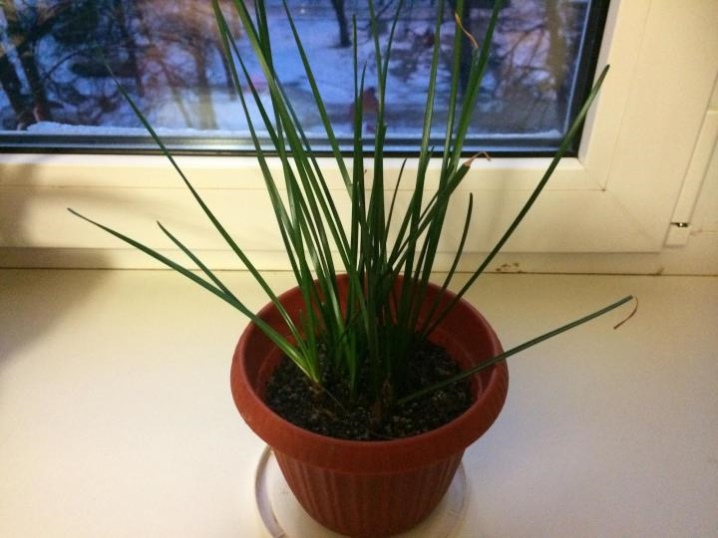
Reproduction
"Upstart" reproduces by means of daughter bulbs and less often by seeds. Reproduction with bulbs is the easiest way.
Growing this plant from seeds is rarely practiced due to the laboriousness of the entire process. Flowering with this method of reproduction has to wait 3-5 years.
Seed
Seeds must be sown immediately after they appear, otherwise they will lose all their properties after a couple of months. Every month the germination rate decreases. Seeds are sown in shallow holes in boxes with peat-sandy soil. After that, the soil is carefully sprayed and covered with a film. The box must be kept at a temperature of + 22 ° C and long-term lighting. Airing should be carried out 1-2 times a day for 10-15 minutes.
The first shoots will appear after 2-3 weeks. After that, the film is removed. Fortified seedlings are planted in pots with soil, several seedlings in one container. After 2-3 years, the first flowering can be expected.
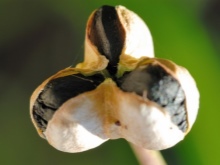
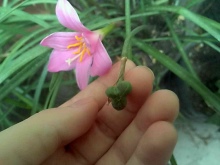
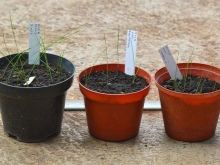
Daughter bulbs
This method is quite effective and less energy consuming. In one year, an adult bulb gives 5-7 children. For transplanting children, they are carefully separated from the adult bulb, without damaging the roots, and planted in another pot. It is recommended to do this before the onset of the rest period.
5-6 pieces are planted in a pot. In this case, children with a short neck are deepened so that it is all in the ground. The long neck of the children sits down so that it looks out a little above the soil.
After planting, the soil is sprayed, after which it is not moistened at all for a couple of days. The plant should then be cared for as usual. It will begin to bloom after a year.
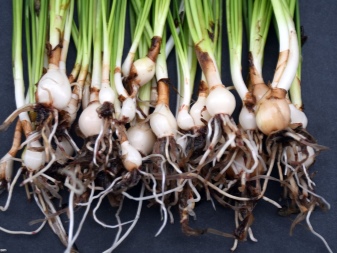
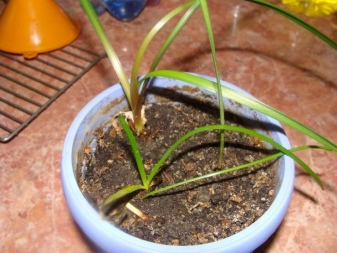
Outdoor planting
When growing in the garden, prepare nutrient-rich soil for the marshmallow. It is necessary to plant bulbs on a dais to avoid stagnation of water at the roots. A sufficient amount of sunlight must be supplied to the plant. In shaded areas, it stops blooming.
The planting of bulbs in flower beds takes place in June. Before that, the soil is dug up to be enriched with oxygen. The wells are prepared and the bulbs are placed so that the neck of the bulb is visible at the soil level. Then the wells are well watered and cover the planting site with mulch. After germination, it is removed.
In the fall, before the onset of a dormant period, the bulbs are dug out with foliage and dried, then peeled. It is recommended to store them in a wooden box, sprinkled with sawdust.
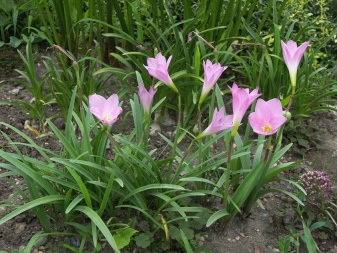
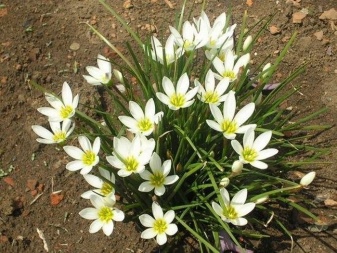
Diseases and pests
Zephyranthes is one of those plants that are not very susceptible to phyto-diseases and pests. Despite this, with improper care, you may notice that aphids have appeared on the leaves or diseases develop.
Several diseases and pests pose the greatest danger to zephyranthes.
- Fusarium. This disease is manifested by rot on the root system, rapid drying of the foliage. Unfortunately, infected bulbs cannot be saved. They should be thrown away with the soil surrounding the bulb. Healthy, but located next to the affected, experts advise soaking the bulbs for about 30 minutes in an effective preparation "Maxim". Then they must be planted in a pot with new soil and left without watering for 3-4 days.
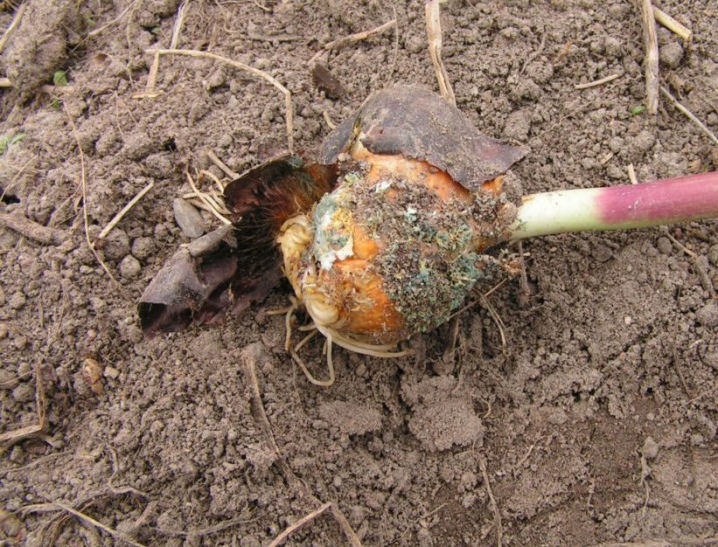
- Amaryllis bug. The worm is a tiny insect that draws out all the juices from the plant. It promotes the development of the fungus, which further exacerbates the situation. This leads to drying out of the leaves and, in the absence of timely measures, threatens the death of the plant. In this case, the leaves are treated with an insecticide. Affected bulbs are destroyed.
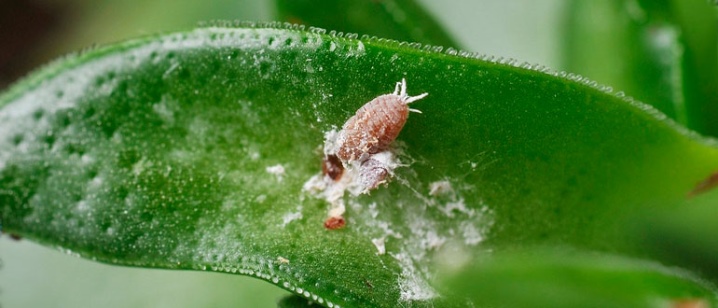
- Spider mite... A pest that sucks out nutrients from a plant, which can be identified when a cobweb appears and leaves dry. This problem appears when the air is too dry in the room where the marshmallow grows. If a small amount of cobweb appears, the plant can be treated with soapy water several times, then rinse the leaves with water.
If these measures did not help, the foliage is sprayed with an insecticide to eliminate the problem. For prevention, you should periodically humidify the air near the plant.
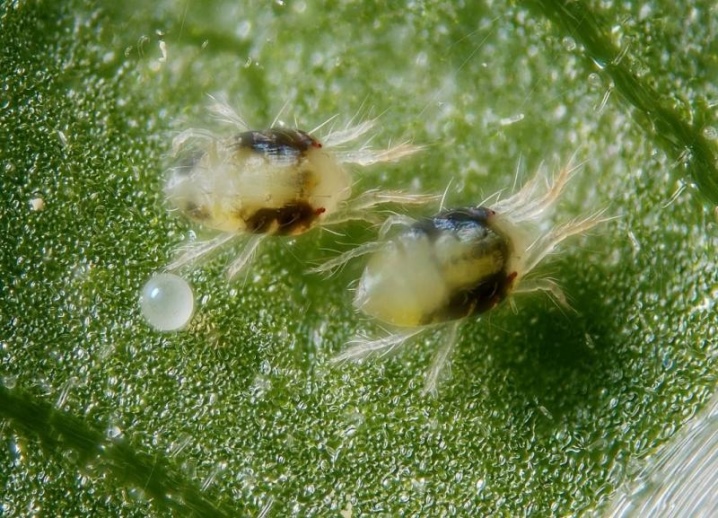
- Soft false shield. A small insect that causes significant harm to Zephyranthes. Due to the action of these insects, the leaves curl and turn yellow, the buds fall off. If pests are found, it is necessary to wet a cotton pad in a saturated soap solution and clean the plant, wipe the windowsill and window. After which the leaves are treated with an insecticide.
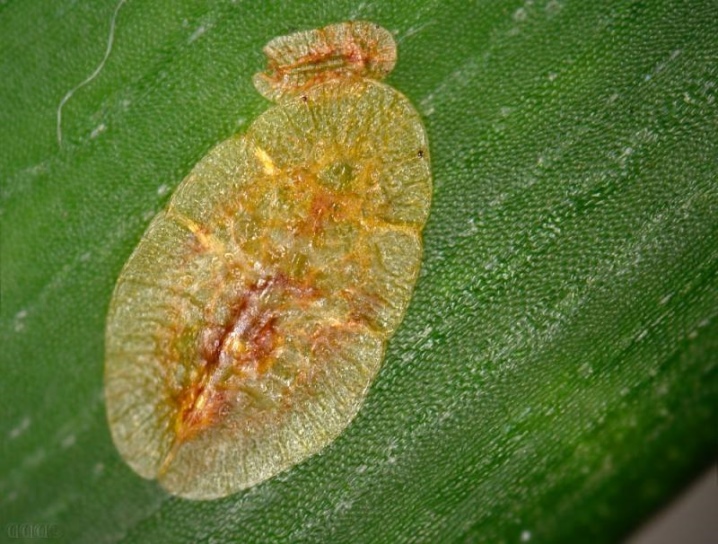
- Whitefly. Tiny white insects on the back of the leaves. If they are affected by them, the plant must be placed in a cool room (these pests are afraid of low temperatures, for them it is destructive). After that, the bush is treated with insecticidal agents.
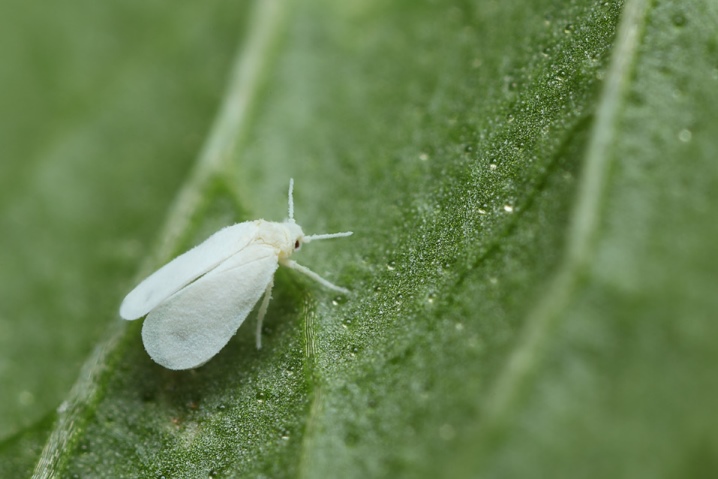
See below for the care of Zephyranthes.























The comment was sent successfully.